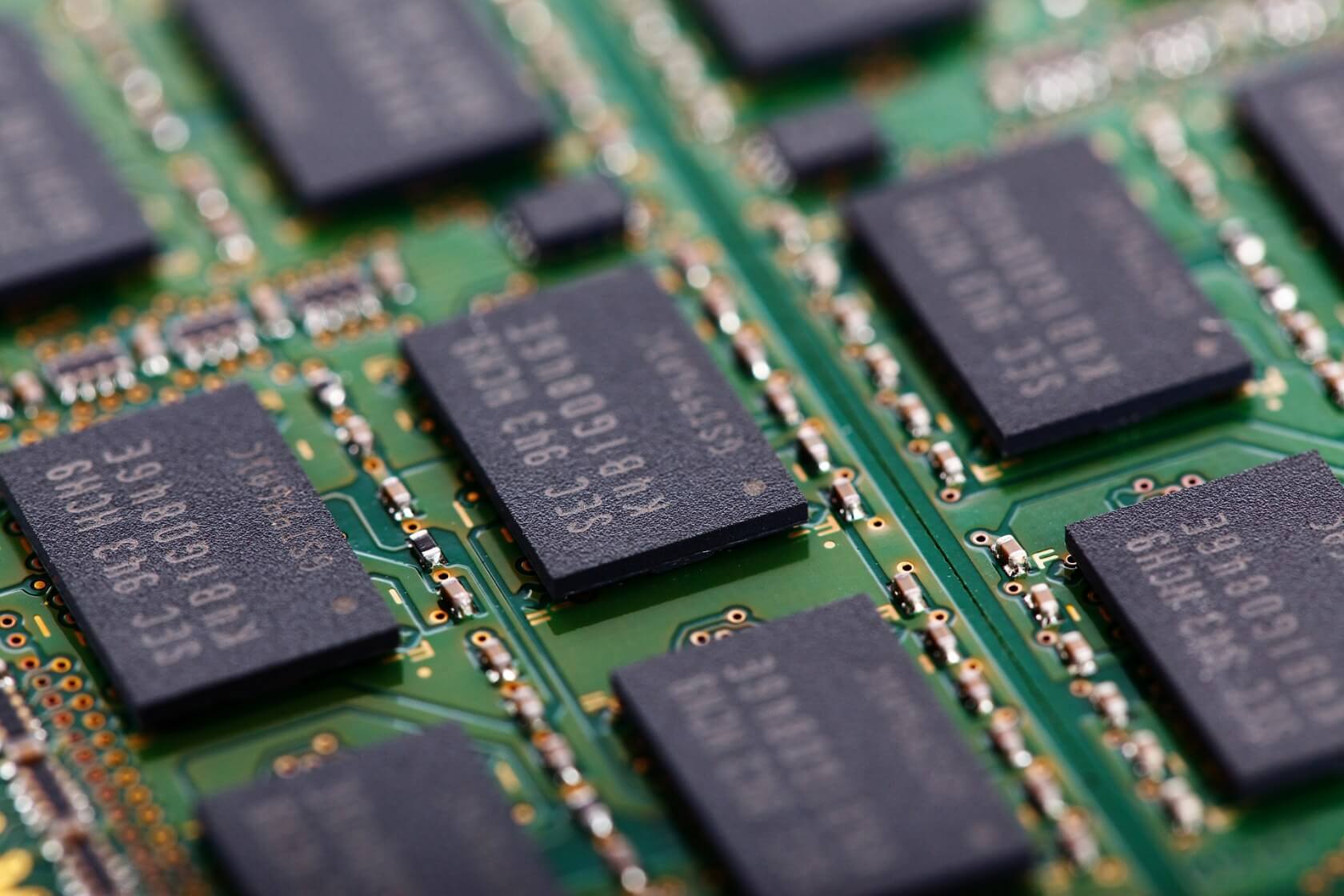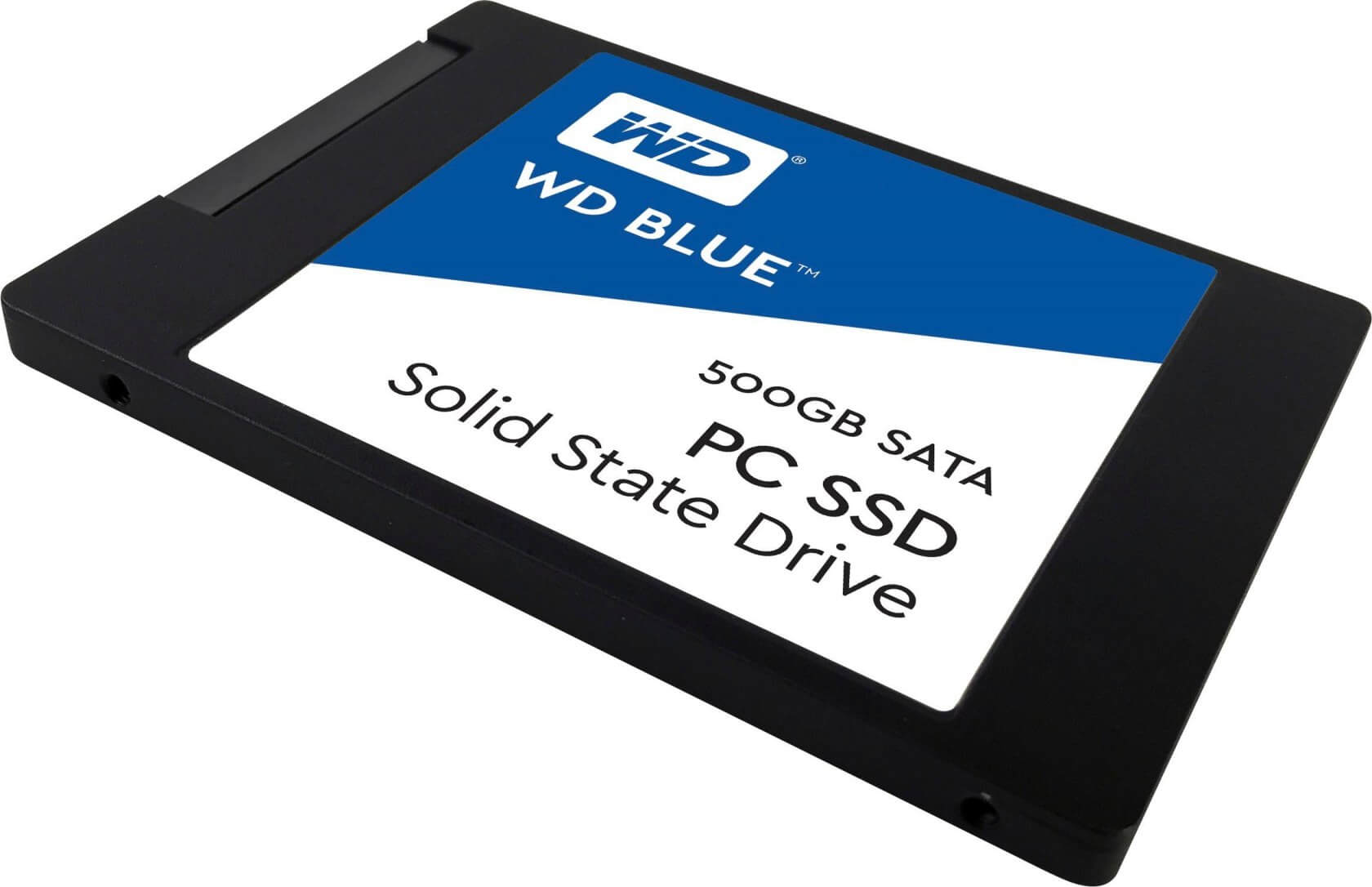Why it matters: If analysts are correct, we could be seeing very significant price drops in SSD and perhaps even DRAM in 2019. The industry is currently facing a very large surplus of NAND flash memory. They say to expect a price correction over the next several quarters.

Jim Handy, a market analyst with Objective Analysis, predicts that the flash memory industry is headed for a “downward pricing correction” in 2019, if not a full-on collapse. If prices crash, we could be looking at NAND prices as low as eight cents per gigabyte. At last week’s Flash Memory Summit, Handy said that even without a full collapse, the downturn will be the biggest price correction in the history of semiconductor products.
The Register reports that currently, NAND flash prices are hovering around $0.30/GB. A 66-percent dip would bring SSDs into a more competitive range to HDDs causing cannibalization leading to a downturn for some manufacturers like Seagate and Western Digital.
Manufacturers could allocate more NAND to producing DRAM, but this, in turn, would result in an oversupply in that sector.
“Some 70 percent of total industry flash is 3D NAND, with the remainder the older 2D or planar NAND. This manufacturing capacity could be migrated to making DRAM instead – this could result in DRAM capacity over-supply in the future.”
Howard Marks, chief scientist with Deep StorageNet, who also spoke at the summit said that a five-times differentiation in the cost per gigabyte between enterprise SSDs and HDDs would be sufficient to cause cannibalization.

“[Currently,] enterprise SSDs stand at ~15-17x $/GB premium relative to nearline/high-cap enterprise HDDs,” Marks pointed out.
If Handy’s predictions pan out, the industry could be in for a 25-percent price reduction in NAND and a 75-percent drop for nearline/high-cap SSDs. This could result in significant stock valuation shifts for some manufacturers.
For instance, Seagate’s revenues come primarily from disk drive and nearline/high-cap sales. Currently, its shares are selling for $51.42. A Goldman Sachs analyst told The Register, cannibalization could cause its stock to dip to around $44/share.
Western Digital derives about half its revenue from flash, so is less susceptible to disk cannibalization. “However, it is more exposed than Seagate to a NAND pricing collapse,” said the analysts.
No matter what it looks like the SSD consumer will be the winner in the end. I, for one, welcome lower SSD prices.
https://www.techspot.com/news/76015-analysts-headed-flash-memory-price-crash.html